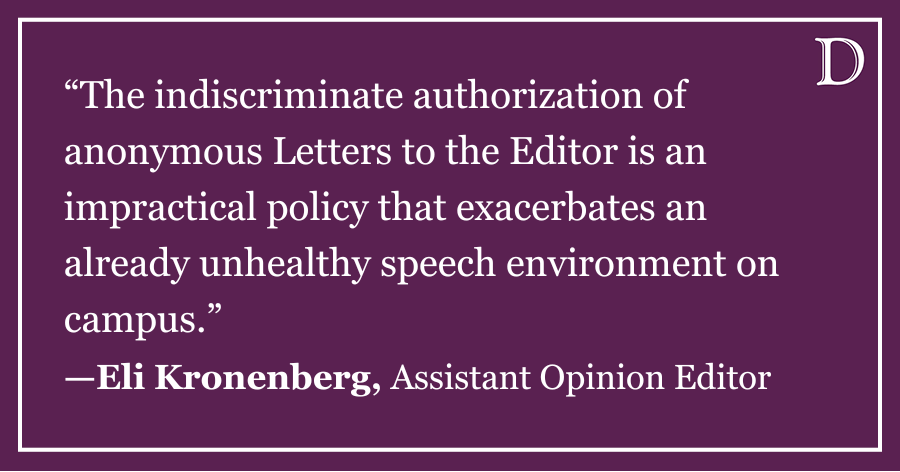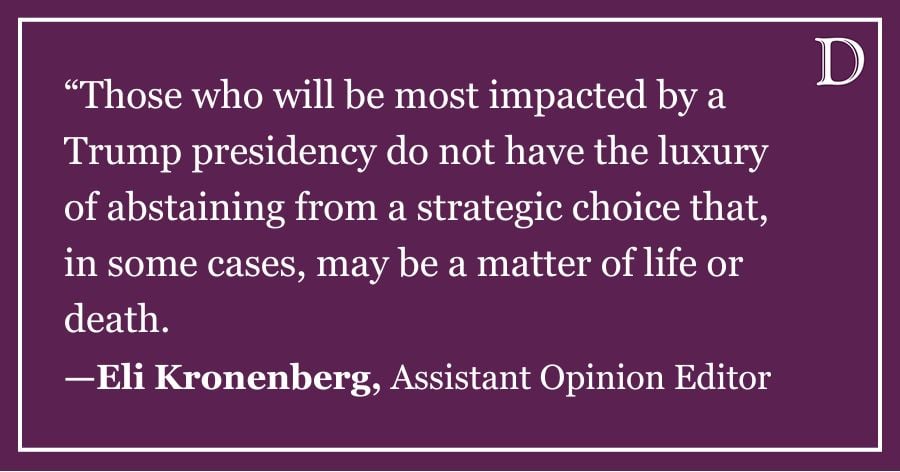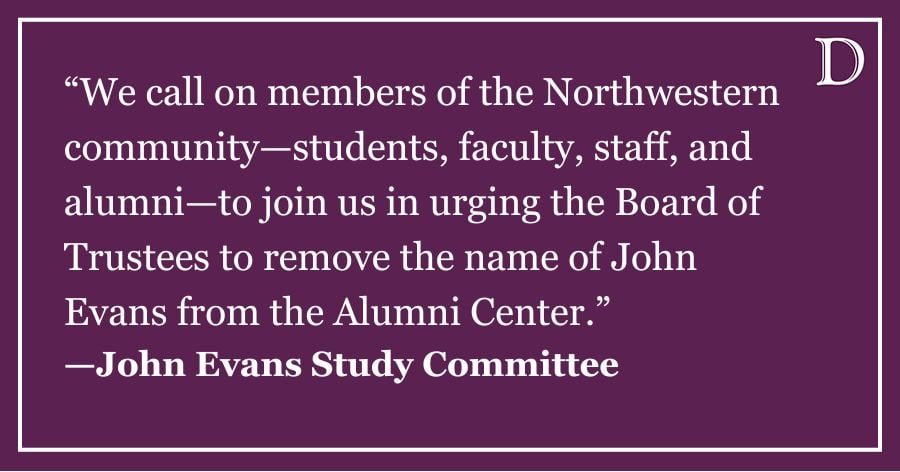You’d have to live in a cave not to know that American students are falling behind their international peers in standardized tests of math and science competency. We’re told ad nauseam that without improving the technical literacy of America’s next generation, we’re doomed to give away our competitive advantage and national security to countries like China and India. As an engineering student, I have no doubt that improving our students’ scientific abilities and the output of Science, Technology, Engineering and Math majors is an integral part of future American prosperity. However, it is equally wrong to neglect our students’ education in economic issues. Basic questions of economics — scarcity, allocation, and incentives — will follow us for the rest of our lives, probably even more so than questions of science.
Though the United States has a generally lackluster secondary education system, our economics education is especially concerning. According to a 2011 Council for Economics Education report, slightly less than half of American adults could adequately define the term “budget deficit.” Only 22 states require their students to take a course in economics to graduate high school, and consequently, a mere half of American high school students take a course in economics (sadly, Illinois doesn’t even require high schools to offer economics courses, let alone mandate them for graduation). It bears remembering that every American high school student must take courses in math, science, history and English to graduate, while economics is neglected in comparison. Although the four aforementioned subjects are pillars of a successful liberal arts education, economics deserves a spot alongside those hallowed disciplines. Today’s most pressing issues are strongly rooted in the study of optimizing our general welfare. The role of government in markets, our levels of taxation, health care reform and the overhaul of the financial system are all issues that are fundamentally based on economic perspectives and solutions. Regardless of where on the political spectrum you fall, the ability to make an intelligent, well-reasoned argument on the most debated issues is rooted in your grasp of economics, a subject in which only 50 percent of American high school graduates have any formal training.
History shows success where economics and personal finance courses are required for high school education. According to the same study, students who have taken high school courses in those subject areas are less likely to take on excessive debt, be compulsive spenders or max out on their credit cards. Recent events also demonstrate the need for economics and personal finance education. Although it is politically expedient to blame incompetent legislators and greedy banks for the recent financial crisis, an equally important part of the issue was the lack of economic and financial literacy of people purchasing homes. Had more Americans been aware of how risky mortgages for new homes were, the housing bubble might have been softer or never have occurred in the first place.
More economics training for high school students comes, as Economics 101 teaches us, with a price. We will need new curricula and materials that will cost time and money to produce, as well as additional training for educators to double the number of students taking economics. There are also significant opportunity costs to consider. Less time and money will be spent on STEM subjects that are vital for economic success, English for Speakers of Other Languages education for America’s rising population of Hispanic students and foreign language courses that are increasingly important in a globalized society. Inevitably, there will be difficult trade-offs made to accommodate economics classes, requiring an intelligent discussion on how to allocate our precious educational resources. In the end, though, isn’t that the heart of the economics discipline? Perhaps Americans would be better off if all high school students were required to learn economic principles and apply them rather than allowing irrational philosophies to sway their daily choices and political expectations.
Jan Jaro is a McCormick sophomore. He can be reached at [email protected]. If you would like to respond publicly to this column, email a Letter to the Editor to [email protected].














